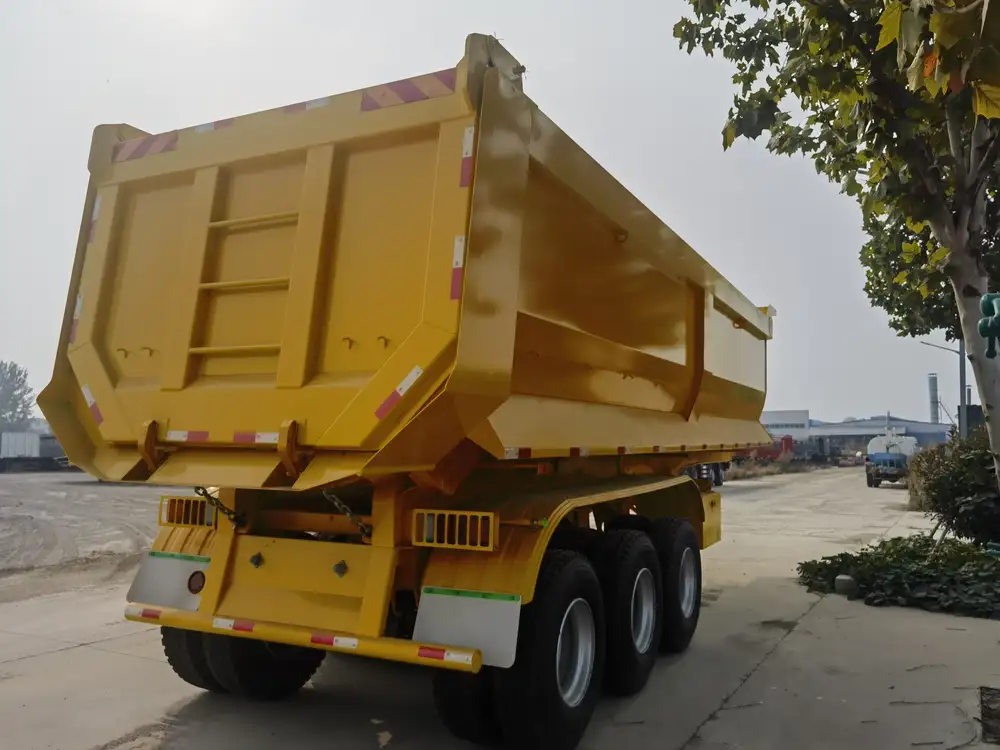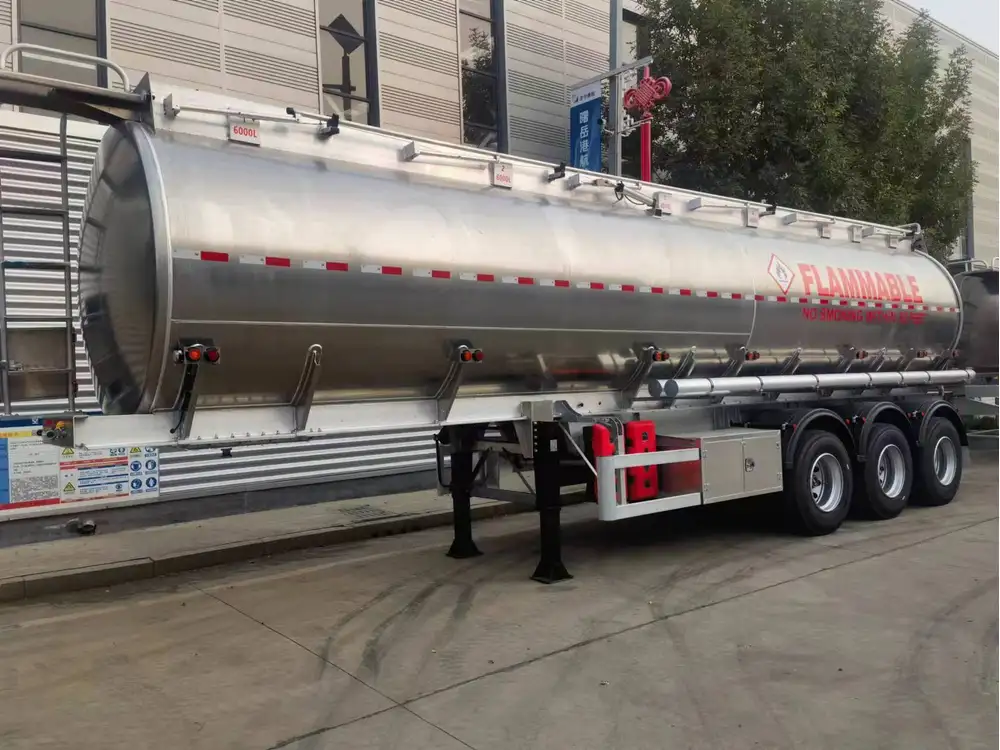When it comes to transporting goods, the efficiency of your logistics and shipping operations often hinges on a singular question: how many pallets can fit on a semi-trailer? In Australia’s vast supply chain landscape, understanding this can make a significant difference in reducing costs and improving overall operations. This guide delves deeply into various factors influencing pallet capacity, optimal configurations for different trailer types, and strategies for maximizing load efficiency.
Understanding Semi-Trailer Dimensions: A Crucial Step
To determine how many pallets can realistically fit on a semi-trailer, one needs to consider the trailer’s dimensions and design. Most standard semi-trailers in Australia are around 48 to 53 feet long and 8.5 feet wide. However, variations exist based on the type of trailer and its configuration. The following table summarizes the basic dimensions of common semi-trailers used in Australia:
| Trailer Type | Length (ft) | Width (ft) | Height (ft) | Max Payload (kg) |
|---|---|---|---|---|
| Standard Semi-Trailer | 48 – 53 | 8.5 | 13.6 | Up to 24,000 |
| Drop Deck Trailer | 48 – 53 | 8.5 | 10.6 | Up to 22,000 |
| Refrigerated Trailer | 48 – 53 | 8.5 | 13.6 | Up to 24,000 |
| Tipper Trailer | 40 – 45 | 8.5 | 12 | Up to 18,000 |
Understanding these dimensions is just the beginning. The next essential aspect is pallet dimensions themselves.
Pallet Size Standards in Australia
In Australia, the Australian Standard Pallet (AS 4068-2012) primarily governs pallet dimensions. The most common pallet sizes include:
- Standard Pallet: 1,200 mm x 1,000 mm (47.2 in x 39.4 in)
- Mini Pallet: 600 mm x 800 mm (23.6 in x 31.5 in)
- European Pallet: 800 mm x 1,200 mm (31.5 in x 47.2 in)

Pallet Configuration: Laying It Out
The arrangement of pallets plays a pivotal role in maximizing space. For instance, a standard semi-trailer measuring 48 feet (around 14,630 mm) in length can fit pallets in various configurations:
- Standard Configuration: Placing the pallets side by side with the long edge along the width of the trailer.
- Stacked Configuration: Utilizing vertical stacking of pallets (if permissible) to maximize headroom.
Calculation of Pallet Capacity
For a deeper understanding, let’s analyze pallet positioning on a standard semi-trailer based on the standard and mini pallet sizes:
Standard Pallet (1,200 mm x 1,000 mm):
- Width Fit: 2 pallets (8.5ft / 3.28ft = 2.59)
- Length Fit: 13 pallets (48ft / 3.94ft = 12.2)
- Total: 2 (width) x 13 (length) = 26 pallets
Mini Pallet (600 mm x 800 mm):
- Width Fit: 4 pallets (8.5ft / 2.62ft = 3.22)
- Length Fit: 16 pallets (48ft / 2.62ft = 18.5)
- Total: 4 (width) x 16 (length) = 64 pallets
The above calculations assume an optimal load without considering compartments, safety limitations, or weight restrictions, which can affect actual numbers.
Factors Impacting Pallet Capacity
While dimensions provide a theoretical maximum capacity, several real-world factors can alter how many pallets a semi-trailer can carry.

1. Weight Restrictions
Every trailer has a maximum payload it can safely transport. For instance, if the combined weight of the pallets exceeds the semi-trailer’s capacity of around 24,000 kg, it may not be feasible to load the full count of pallets. Here’s a breakdown considering average pallet weights:
| Pallet Type | Weight (kg) | Pallet Count to Max Payload |
|---|---|---|
| Standard Pallet | 20 | 1,200 (24,000 kg / 20 kg) |
| Mini Pallet | 10 | 2,400 (24,000 kg / 10 kg) |
2. Pallet Configuration
The orientation and stacking method can significantly influence capacity. Cross-stacking or varying pallet arrangements can yield different results. In horizontal placements, maximize the bed area; vertical stacking can benefit height but may risk safety.
3. Type of Cargo
Certain goods need special consideration:
- Hazardous materials may impose restrictions on stacking and position.
- Soft or delicate products require protection and may necessitate additional space.

4. Regulatory Compliance
Australia has strict regulations regarding load safety and transport compliance. Ensure adherence to Load Restraint Guidelines laid out by the Australian Government, which may limit how many pallets you can legally transport.
Optimizing Your Load: Best Practices
To fully harness the potential of your semi-trailer and increase average load capacities, consider implementing the following best practices.
1. Education on Pallet Usage
Training staff on proper pallet usage can prevent errors in stacking and loading. Awareness of weight distribution and balance is essential for safe transport.

2. Utilize Technology
Invest in software solutions for load optimization, which can simulate various cargo arrangements and assist in planning the safest, most efficient loading methodologies.
3. Regular Maintenance
Ensure trailers are in excellent condition with regular maintenance checks to avoid breakdowns, which can lead to unexpected losses in load capacity.
4. Explore Alternatives
For loads that demand increased efficiency or singular transport, consider 45-foot multi-deck or B-double trailers to capitalize further on transporting larger pallet volumes without compromising safety.

What If You Need More Capacity?
If you frequently find yourself at capacity limits, it might be time to consider upgrading your equipment or exploring options like:
- Using double-stack trailers designed to hold more pallets.
- Collaborating with logistics partners who can provide specialized transport for high-volume needs.
Concluding Thoughts on Semi-Trailer Capacity
Understanding the myriad factors affecting how many pallets can fit on a semi-trailer in Australia is paramount for achieving operational excellence. The right combination of trailer type, load planning, and compliance not only drives efficiency but significantly impacts your bottom line.
Grasping the complexities surrounding pallet dimensions, trailer capacities, and operational best practices arms businesses with the necessary knowledge to optimize their logistics, make informed decisions, and ultimately enhance their supply chain efficacy. Take actionable steps today to ensure that you’re maximizing your semi-trailer’s potential, efficiently transporting goods while maintaining safety and regulatory standards.
For further contact about maximizing your logistics solutions and enhancing efficiency in your semi-trailer configurations, reach out to our knowledgeable team today. Together, we can transform your transportation challenges into streamlined, successful operations.



